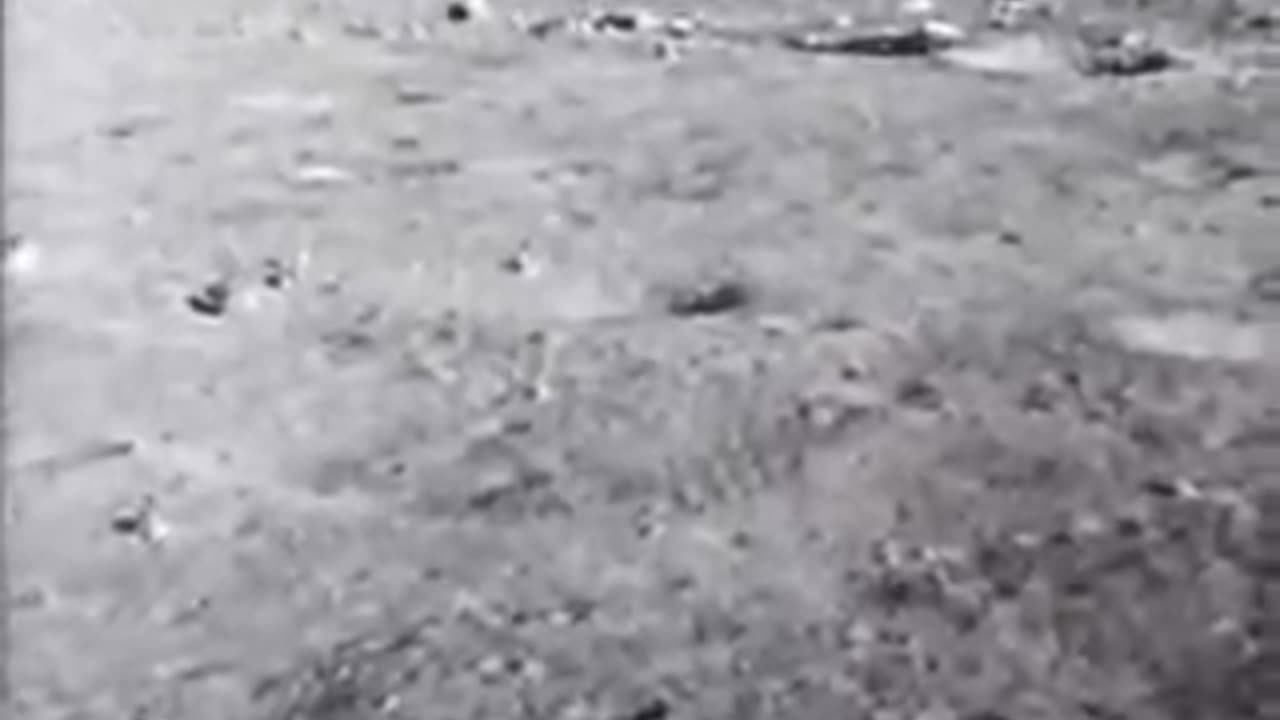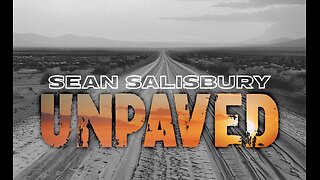Premium Only Content

Neil Armstrong - First Moon Landing 1969
Neil Armstrong - First Moon Landing 1969 was a historic event that marked the first time humans set foot on the lunar surface. It was part of the Apollo 11 mission, which was the fifth crewed mission of NASA's Apollo program. The mission was launched by a Saturn V rocket from Kennedy Space Center in Florida on July 16, 1969. The crew consisted of three astronauts: Neil Armstrong, who was the commander and the first person to walk on the moon; Michael Collins, who was the command module pilot and orbited the moon while Armstrong and Aldrin were on the surface; and Edwin "Buzz" Aldrin, who was the lunar module pilot and the second person to walk on the moon.
The lunar module Eagle landed on a site they named Tranquility Base on July 20, 1969, at 20:17 UTC. About six and a half hours later, Armstrong exited the module and stepped onto the moon, saying the famous words: "That's one small step for man, one giant leap for mankind." Aldrin joined him 19 minutes later, and they spent about two and a quarter hours together exploring the site, planting an American flag, collecting rocks and soil samples, and talking to President Richard Nixon via a telephone radio transmission. They also deployed several scientific instruments, including a laser ranging retroreflector, a passive seismic experiment, and a solar wind composition experiment.
The lunar module lifted off from the moon on July 21, 1969, at 17:54 UTC, and docked with the command module Columbia in lunar orbit. The crew transferred the lunar samples and other items to Columbia, and then jettisoned Eagle before performing the maneuvers that would take them out of lunar orbit and back to Earth. They splashed down in the Pacific Ocean on July 24, 1969, at 16:50 UTC, where they were recovered by the USS Hornet. They were then placed in quarantine for 21 days as a precaution against possible lunar pathogens.
The Apollo 11 mission was a remarkable achievement that fulfilled President John F. Kennedy's goal of landing a man on the moon by the end of the 1960s. It also demonstrated the technological prowess and scientific curiosity of humanity, and inspired generations of people to explore the mysteries of space. The mission is widely regarded as one of the greatest accomplishments in human history.
-
 LIVE
LIVE
Barry Cunningham
3 hours agoBREAKING NEWS: KAROLINE LEAVITT HOLDS WHITE HOUSE PRESS CONFERENCE (AND MORE NEWS)
2,254 watching -
 LIVE
LIVE
Side Scrollers Podcast
2 hours ago4Chan SUES UK Government + Craig Has Mental Illness Fatigue + Knight Rider REBOOT | Side Scrollers
253 watching -
 LIVE
LIVE
Right Side Broadcasting Network
3 hours agoLIVE: White House Press Secretary Karoline Leavitt Holds a Press Briefing - 8/28/25
2,348 watching -
 LIVE
LIVE
Sean Unpaved
1 hour agoColt Knost Unplugged: Golf, 2025 Ryder Cup, & Football Fever
38 watching -
 LIVE
LIVE
Viss
1 hour ago🔴LIVE - Stacking Wins is What We Do! - PUBG Tactics 101
108 watching -
 LIVE
LIVE
The Charlie Kirk Show
51 minutes agoShould Taylor Swift Submit? + What's Wrong In Minneapolis? + MAHA vs. CDC | 8.28.2025
2,786 watching -
 LIVE
LIVE
Law&Crime
4 hours ago $1.23 earnedLIVE: Adelson Matriarch Murder Trial — FL v. Donna Adelson — Day 5
774 watching -
 LIVE
LIVE
The Mel K Show
1 hour agoMORNINGS WITH MEL K - Refusing the Lie & Standing Firmly for Truth 8-28-25
598 watching -
 LIVE
LIVE
The Shannon Joy Show
2 hours ago🔥🔥BREAKING: FOIA’d Government Docs Reveal American Citizens Might Be Worth More DEAD Than Alive. Exclusive With Sasha Latypova! 🔥🔥
210 watching -
 LIVE
LIVE
Trumpet Daily
1 hour agoTrumpet Daily LIVE | Aug. 28, 2025
442 watching